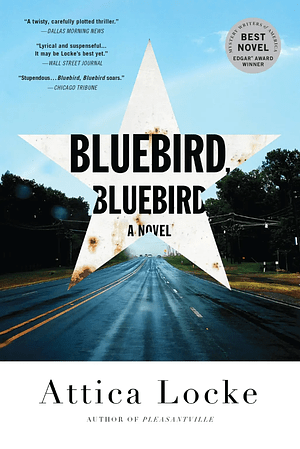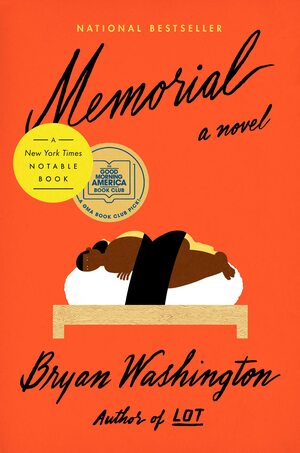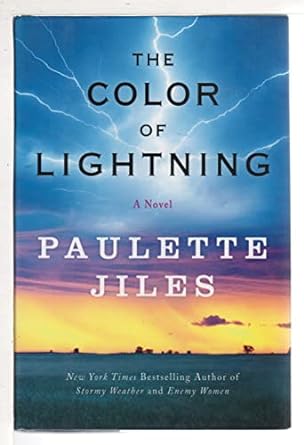Black Texas Ranger Darren Mathews is on suspension after he went to the aid of Rutherford McMillan, a man who has worked for his family for years. He is also having trouble with his wife, Lisa, who wants him to return to law school. Then a friend, Greg Heglund, an FBI agent in Houston, asks Darren to look unofficially at a situation in Lark in East Texas. There, the body of a Black man, an outsider, was found in the bayou and later the body of a White woman, a local, was also found there. Usually in that part of the country it’s the other way around, plus Lark hasn’t had a murder for years.
An interest for Darren is the Aryan Brotherhood of Texas, and he finds in tiny Lark a major presence. The only two businesses in town are Geneva Sweet’s café with mostly Black patrons and an icehouse up the road packed with members of the ABT. When he arrives at Geneva Sweet’s Sweets, he finds the locals nervous and unwelcoming. Missy Dale’s body was found right behind the café. At Jeff’s Juice House, just up the road, where Missy was a waitress, he finds the all-White clientele belligerent and violent.
Then Rainie Wright arrives. She’s the widow of Michael Wright, the first victim, and she is distraught. She worries Darren, because she is from Chicago and has no idea how to behave in the rural South (and no, this novel is not set in the past).
A person Darren finds of interest is Wally Jefferson, a rich White man whose mansion is right across the highway from Geneva’s café and who treats her and the café with a proprietorial air. But Geneva is prone to telling him to get out of her place.
Darren is inclined to suspect Missy’s husband of the murders, since Missy was seen talking to Michael at the icehouse. But that doesn’t quite satisfy him. There are connections here that he doesn’t understand.
I’ve been looking around for a new mystery series to follow, and this novel by Locke has me wanting to look for more. I am familiar with East Texas, and she has the atmosphere down. There is plenty of action and some suspense in this novel. I have to admit that my suspicions fell on a culprit pretty quickly, and I sensed that the story would have something to do with an earlier crime, which it did. But I certainly had some surprises coming. The only think I didn’t like was the cliché of the cop who drinks too much. Bluebird, Bluebird is listed as the first of Locke’s Highway 59 series, so I’m not sure if the others feature the same protagonist or just the locale or both. I have driven on that highway so many times!










